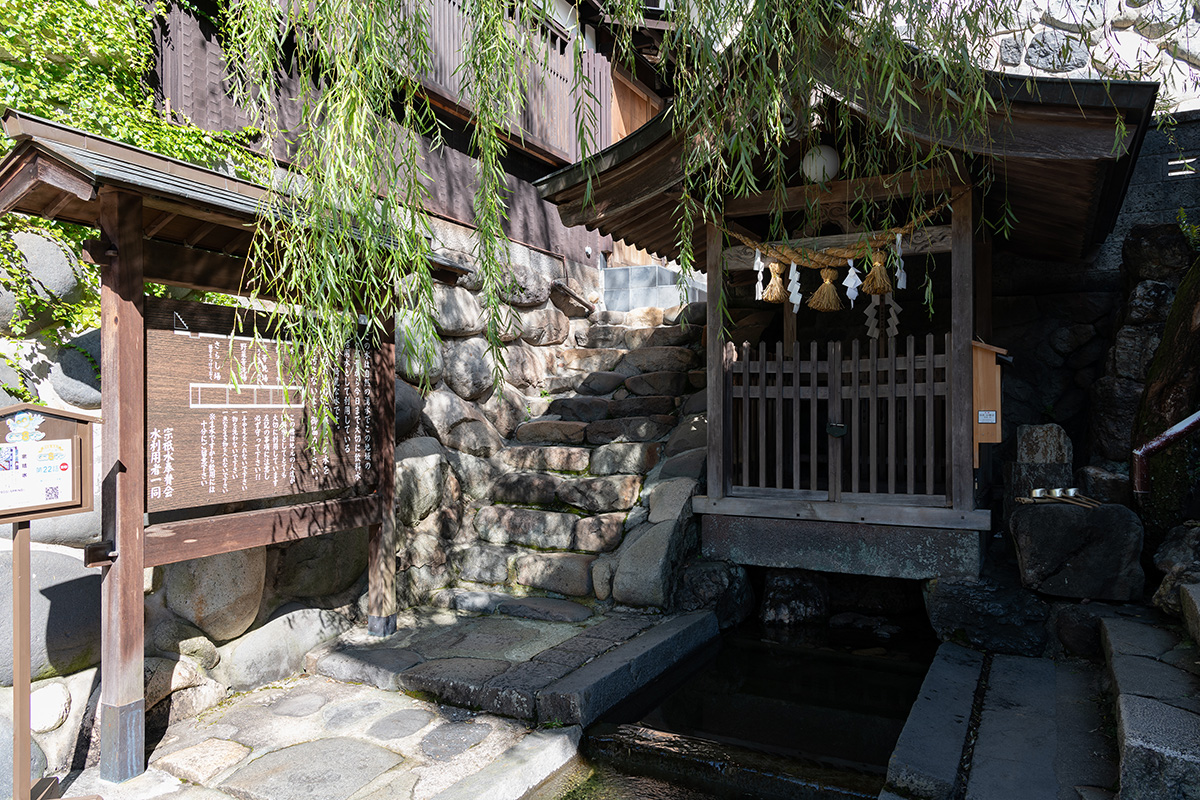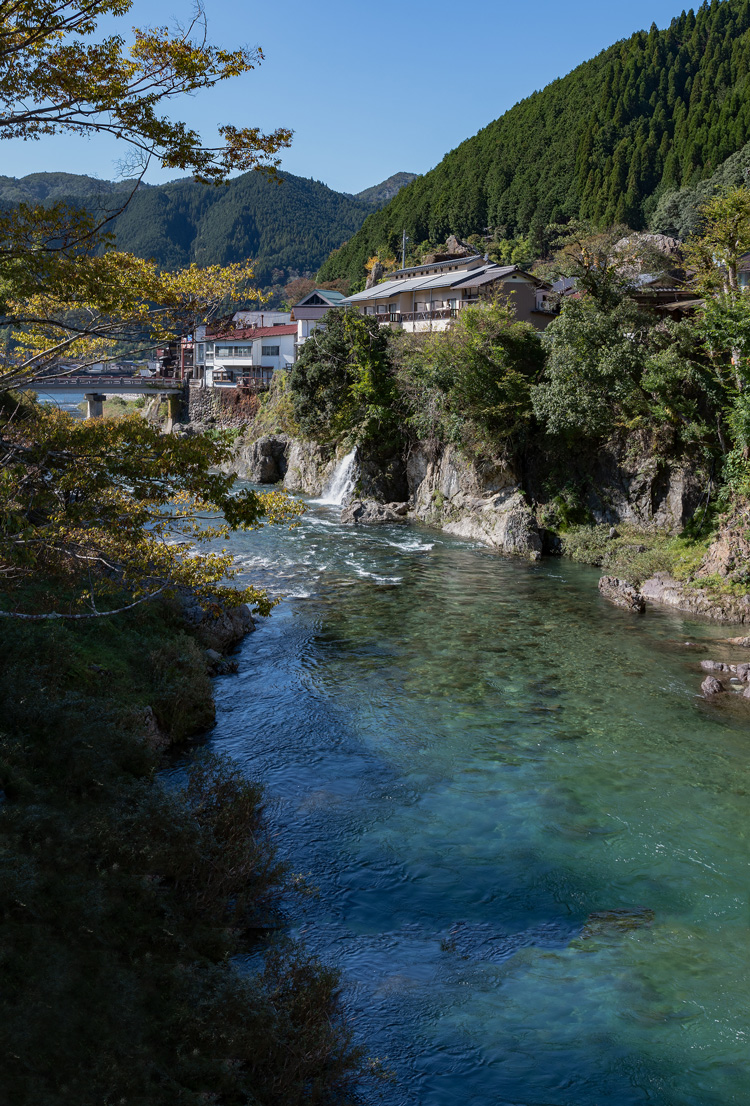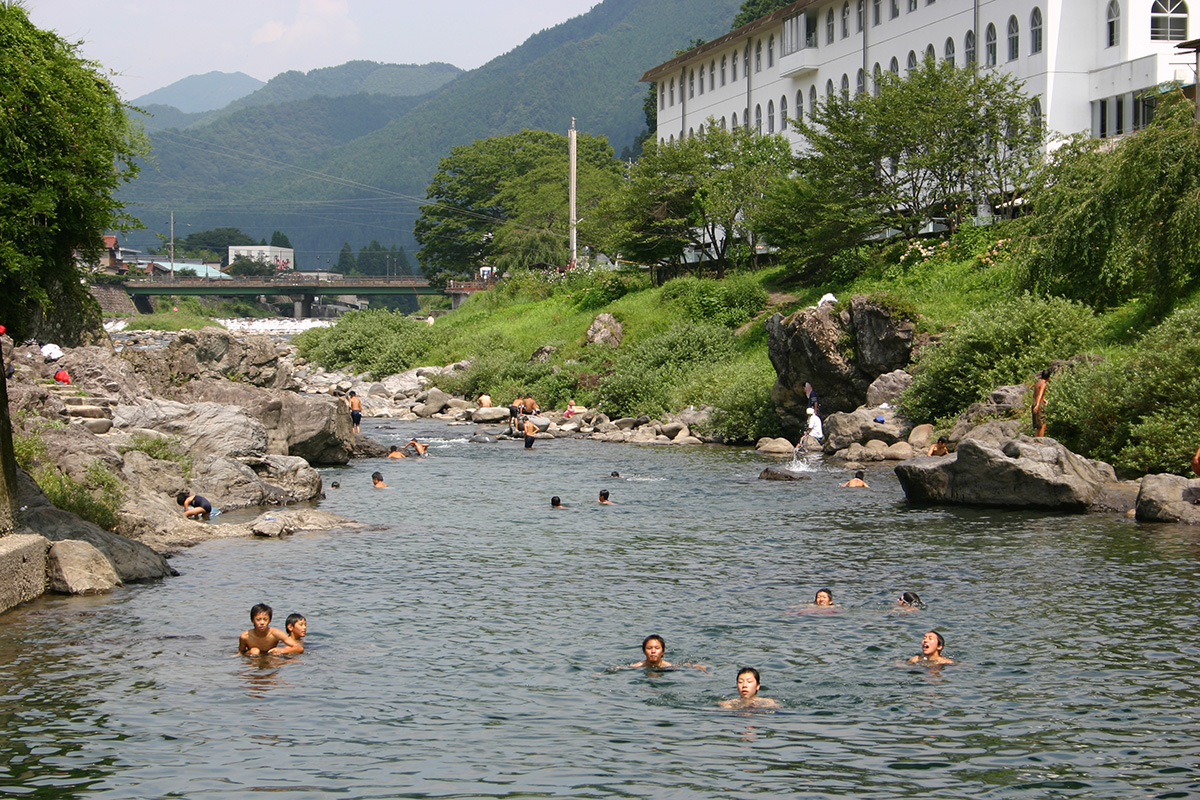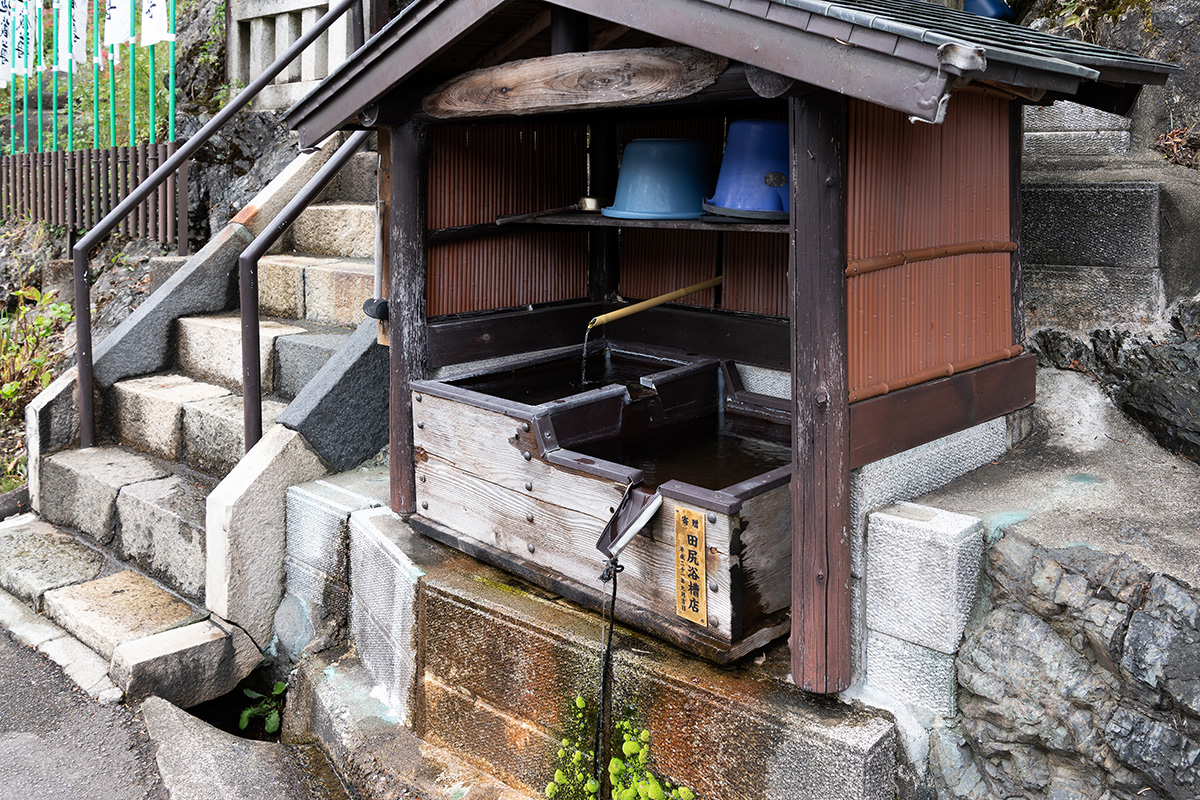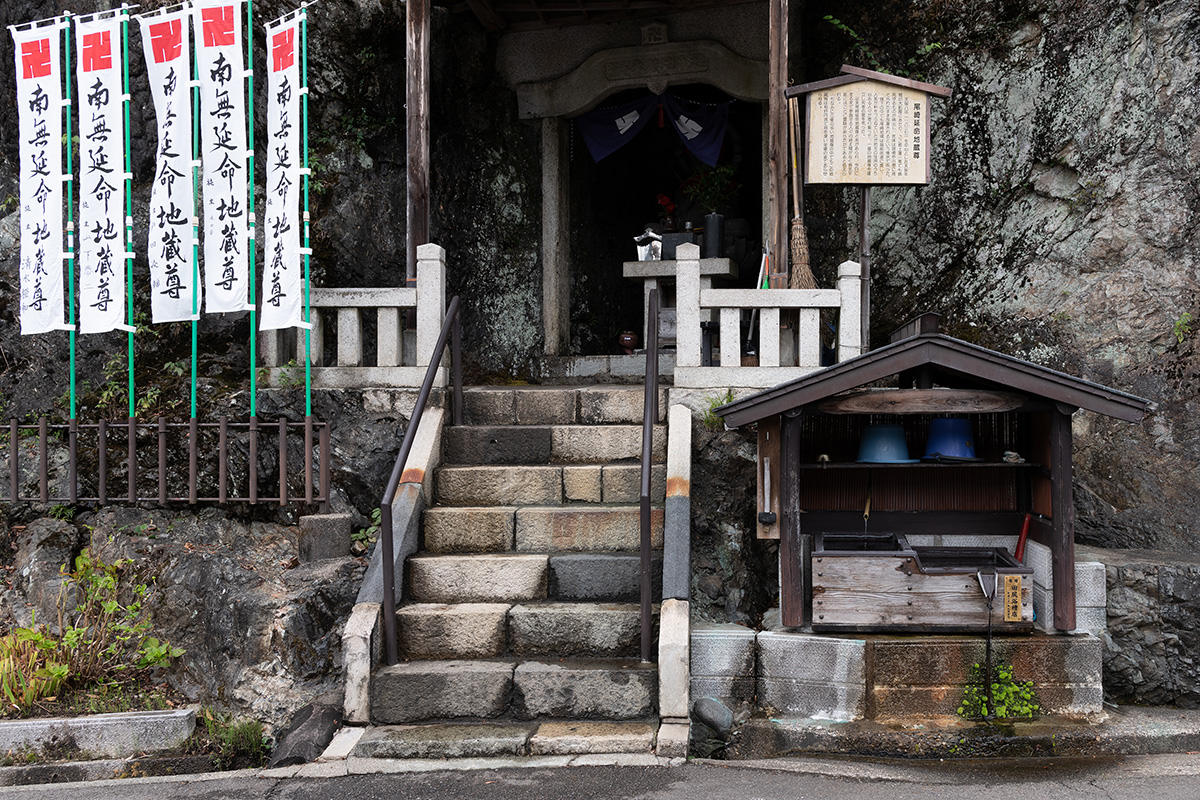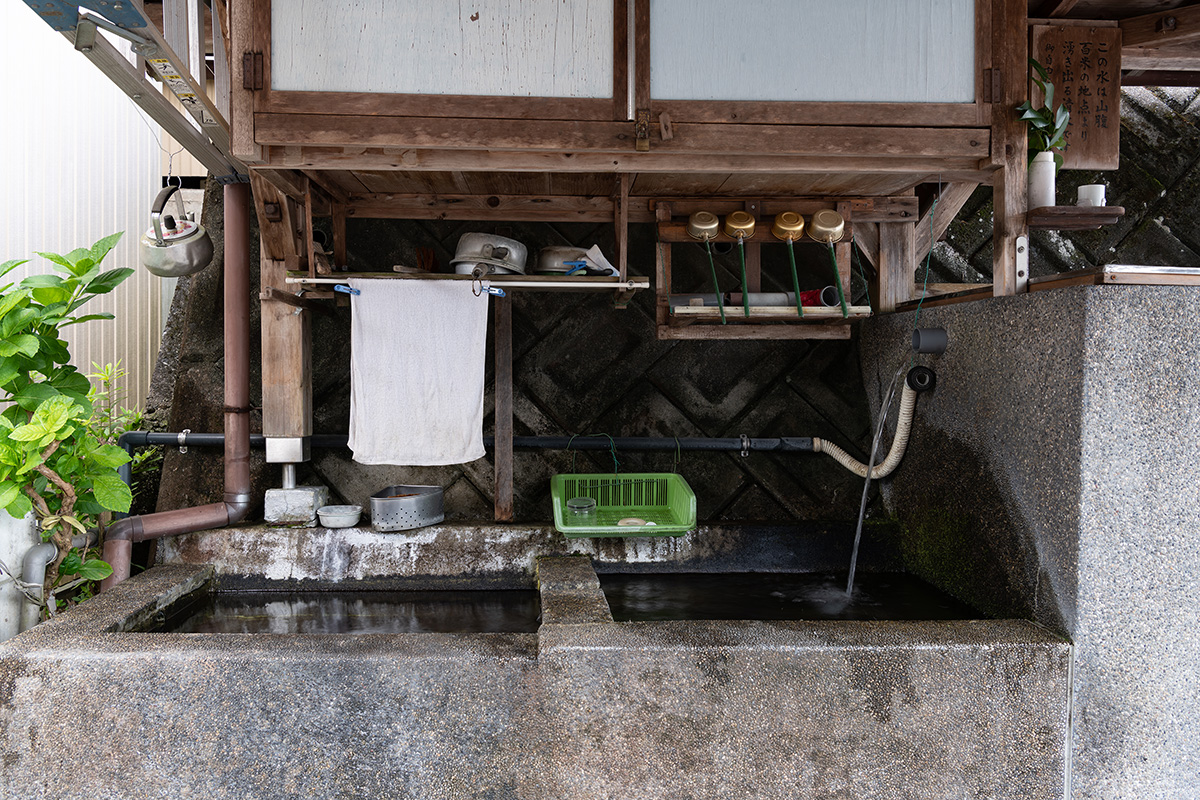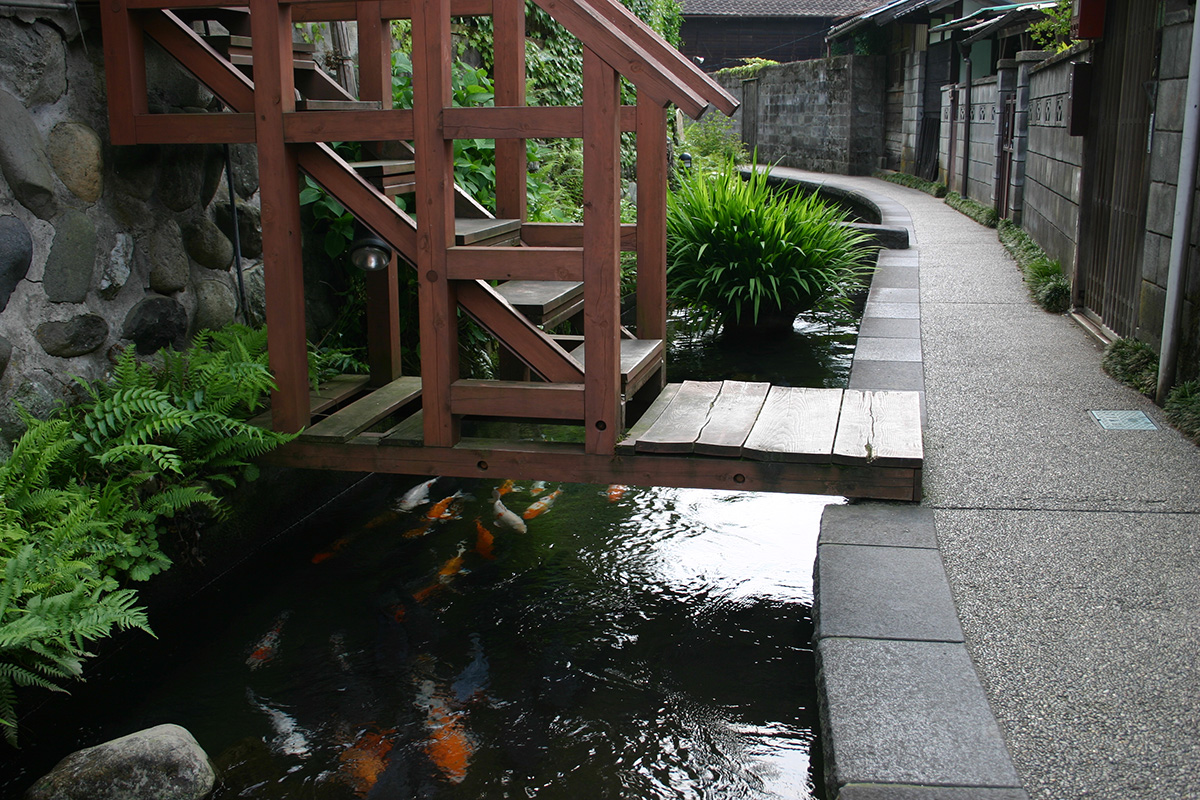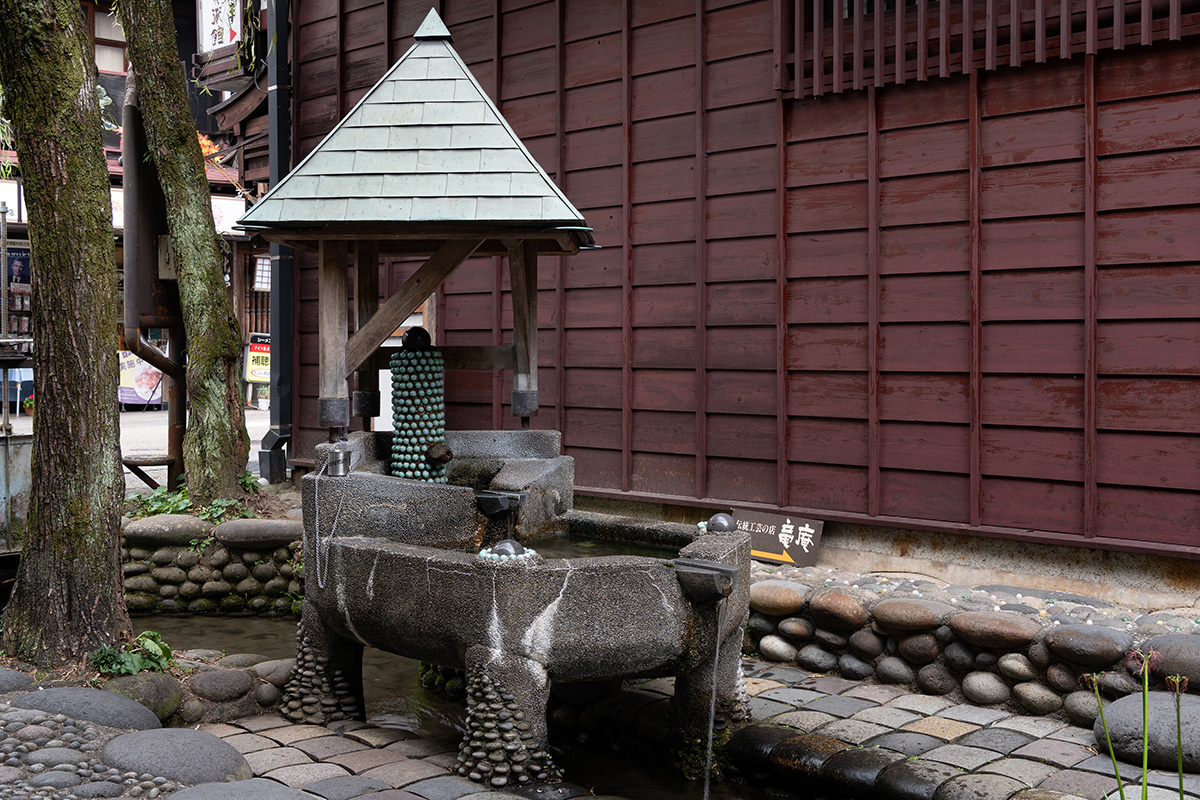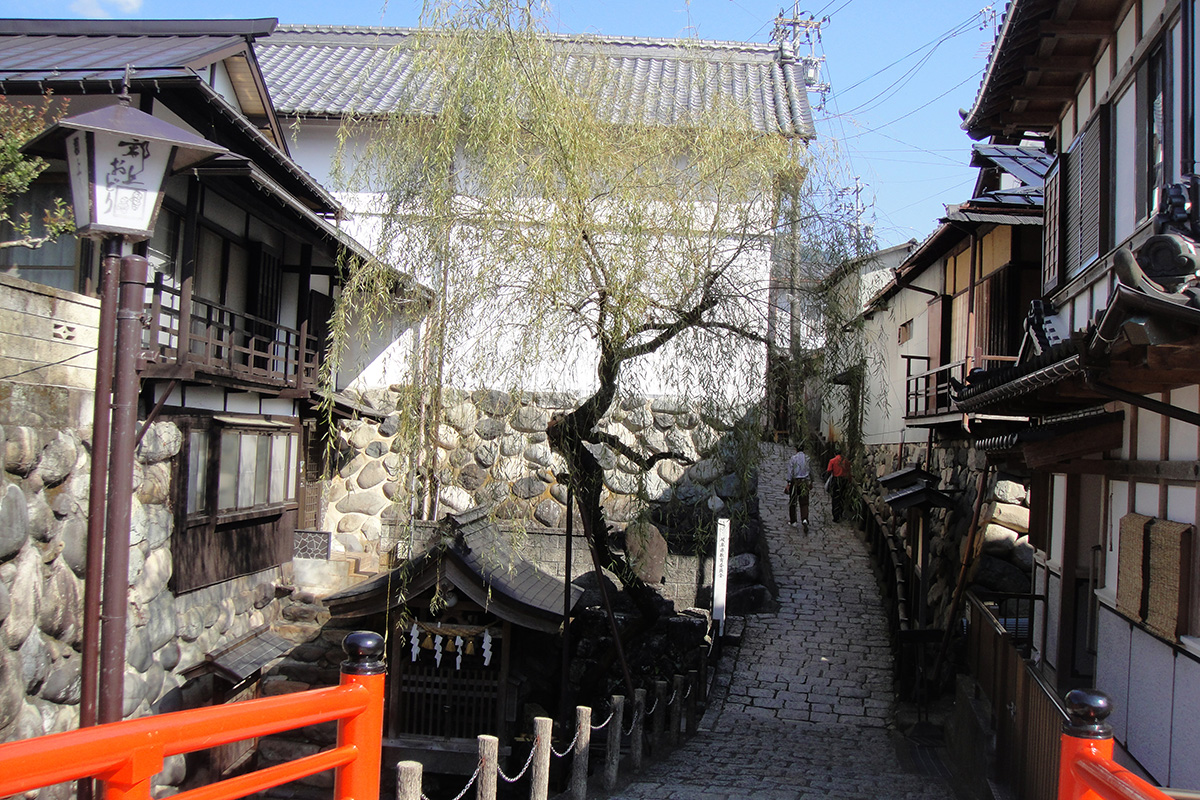
Water landscape of Gujo Hachiman

Yoshidagawa River
Yoshidagawa River is said to be the symbol of this town. It is the largest tributary of Nagaragawa River and flows east to west through the center of the town. The water is so clear that it was certified as one of the 50 Famous Waters of Gifu Prefecture. From Miyagase Bridge, you can see the clear stream of water as you can see through to the bottom of the river. Shimbashi Bridge is also famous for children jumping into the river in the summer. There is a promenade Miyagase Komichi on the riverside. If you go down the stairs and walk along the cobblestone walkway, you can feel so refreshed. Houses built so near to the river can only be found in Gujo Hachiman as the whole city is very narrow with a mountain at its back. In addition, during Gujo Odori Dance Festival in summer, when lanterns on the bridge are lit up at night, you can see fantastic scenery.
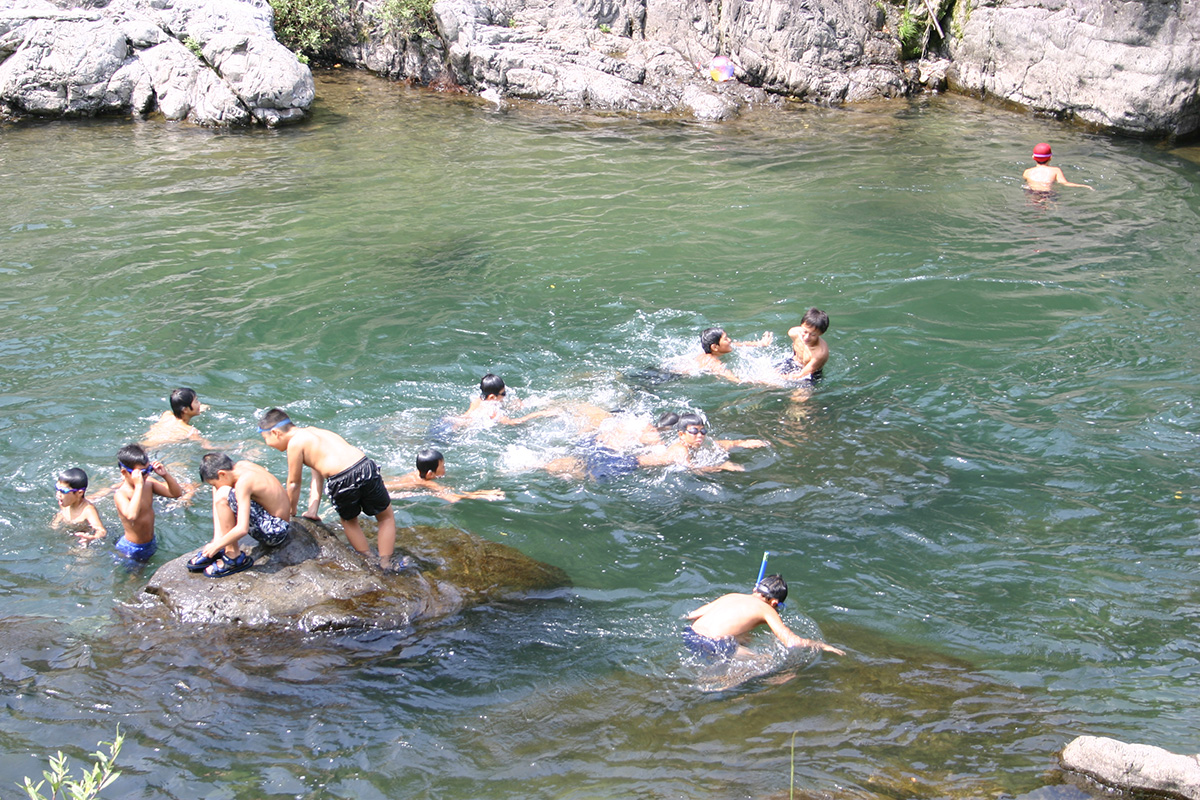

Mizubune (Water tank)
Mizubune consists of two or three tanks drawing spring water and mountain water. This Mizufune system allows people of Gujo Hachiman to strongly experience “Living with water” which has been connected with each other. There are many water tanks inside private homes, and also tourist-friendly tanks all over the town, helping keep people hydrated as they walk around the town. The upper one is used for drinking and washing food, and the lower one is used for washing dirty dishes. Remain of food flows directly into the pond below to feed the carp and fish, so the water is naturally purified and flows into the river. People living upstream are considerate to people downstream and protect the beautiful circulation of water by not using strong dish soap.




Igawa Komichi Canal
A rich irrigation waterway where carp and river fish are swimming freely continues from the side of Former Hachiman Government Building Memorial Hall. You can see people use stream water to chill watermelons at the back of the private house and put Ayu (Sweetfish) in the basket in summer. There are three communal laundry areas in the middle of the waterway which also serves as a social gathering place for local people. It is a small waterway with an old lifestyle using water like the old way.
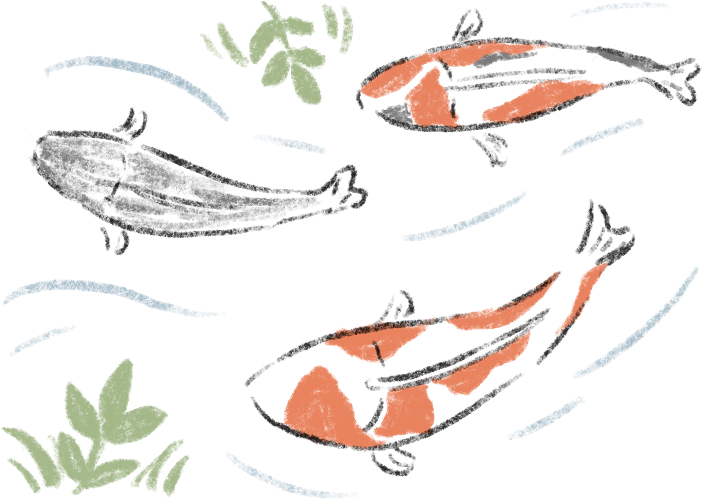

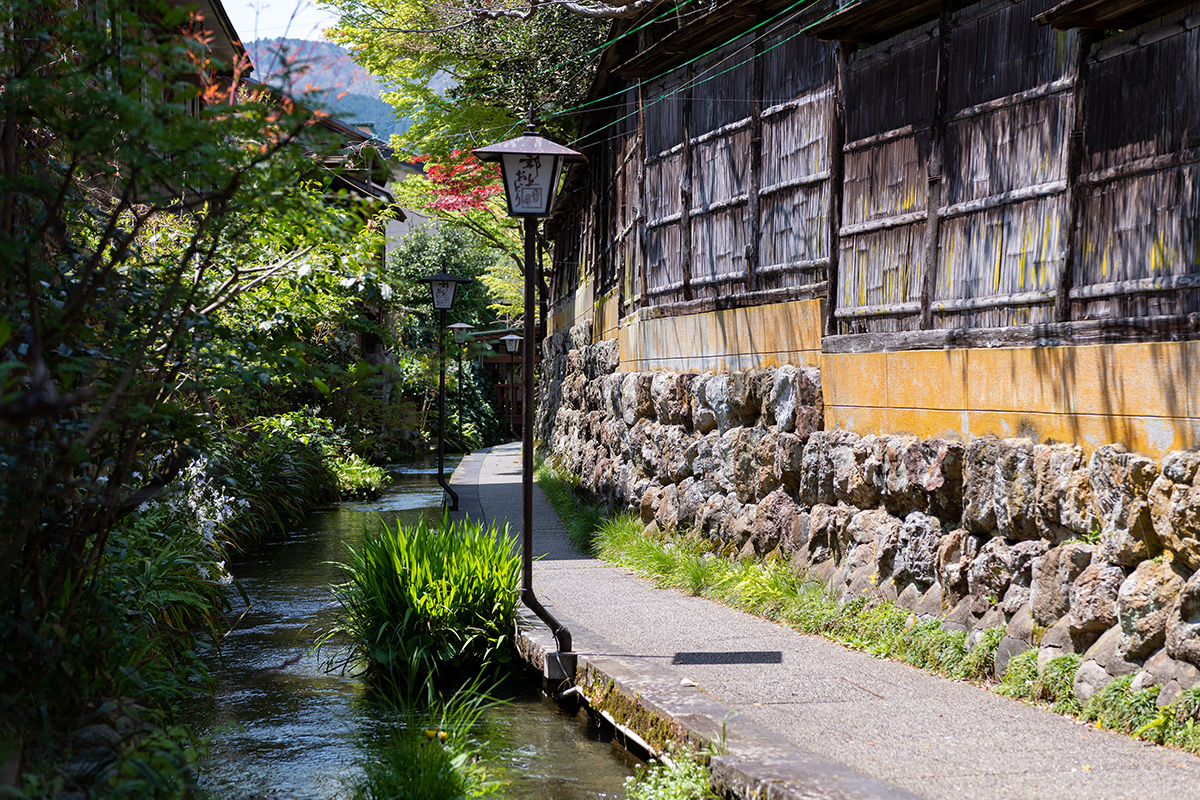

Yanakamizu-no-komichi
(Yanaka Water Lane)
Roads paved with boulders, waterways, willow trees, and Japanese houses can all be found at this Japanese water lane. It is located just at the corner from the main street of Shinmachi. It is a water spot representing Gujo Hachiman. Boulders on the road surface are collected from Nagaragawa and Yoshidagawa Rivers. 80,000 are used because of the name Hachiman meaning 8. Pattern inspired by river flow and swirls is designed with an image of the waterside of Gujo Hachiman. Children enjoy playing in the water during the summer vacation. It is a place where you can walk around slowly, rest on the bench, and enjoy the waterside leisurely.
(Yanaka Water Lane) See More
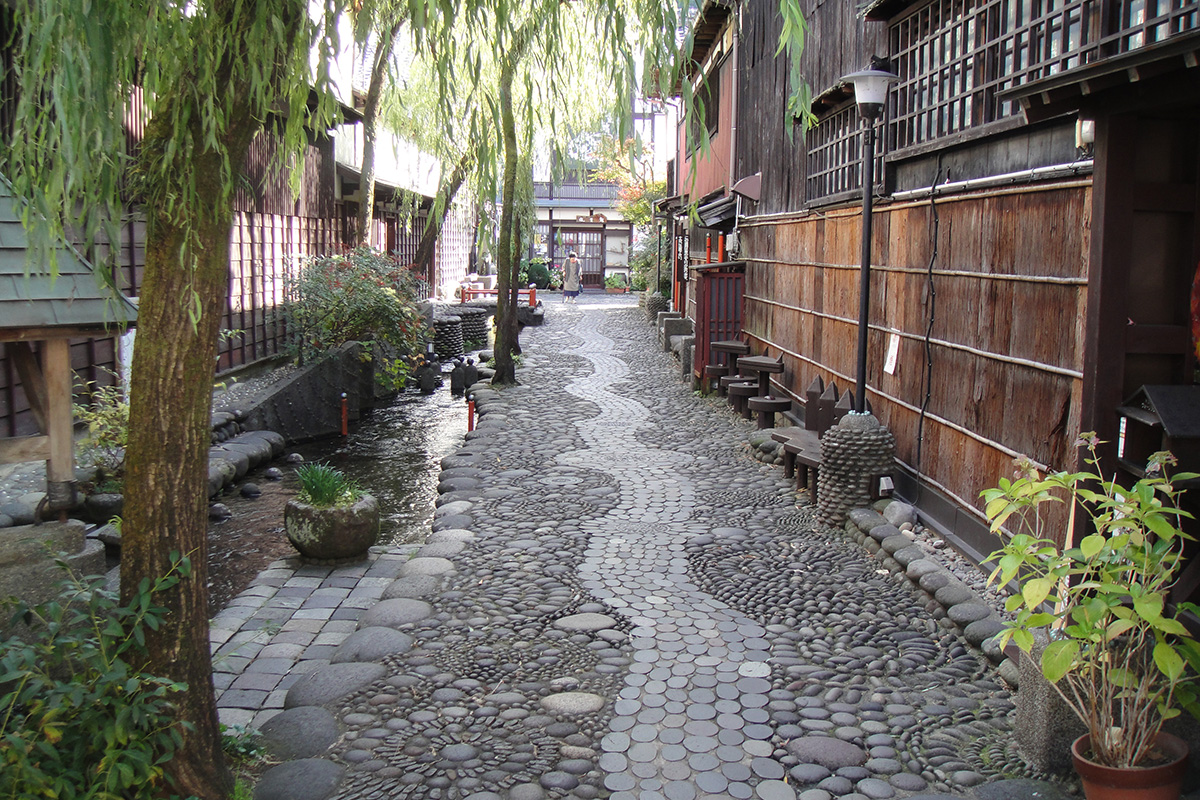

Sogisui
It is a spring under the embankment of Shimizubashi Bridge. It is designated as the first of the “100 Best Waters in Japan” selected by the Ministry of the Environment. In 1471, when Iio Sogi, the master of Renga (A kind of Japanese poem), returned to Kyoto after receiving a lecture of Kokin Wakashu from To Tsuneyori, the lord of Gujo, the two major poets at that time created poems near to the water. So this fountain was named Sogisui. In addition, Sogisui has a mechanism to use water effectively in stages and for multiple purposes. It is a tourist spot representing Gujo Hachiman’s life culture and history.
